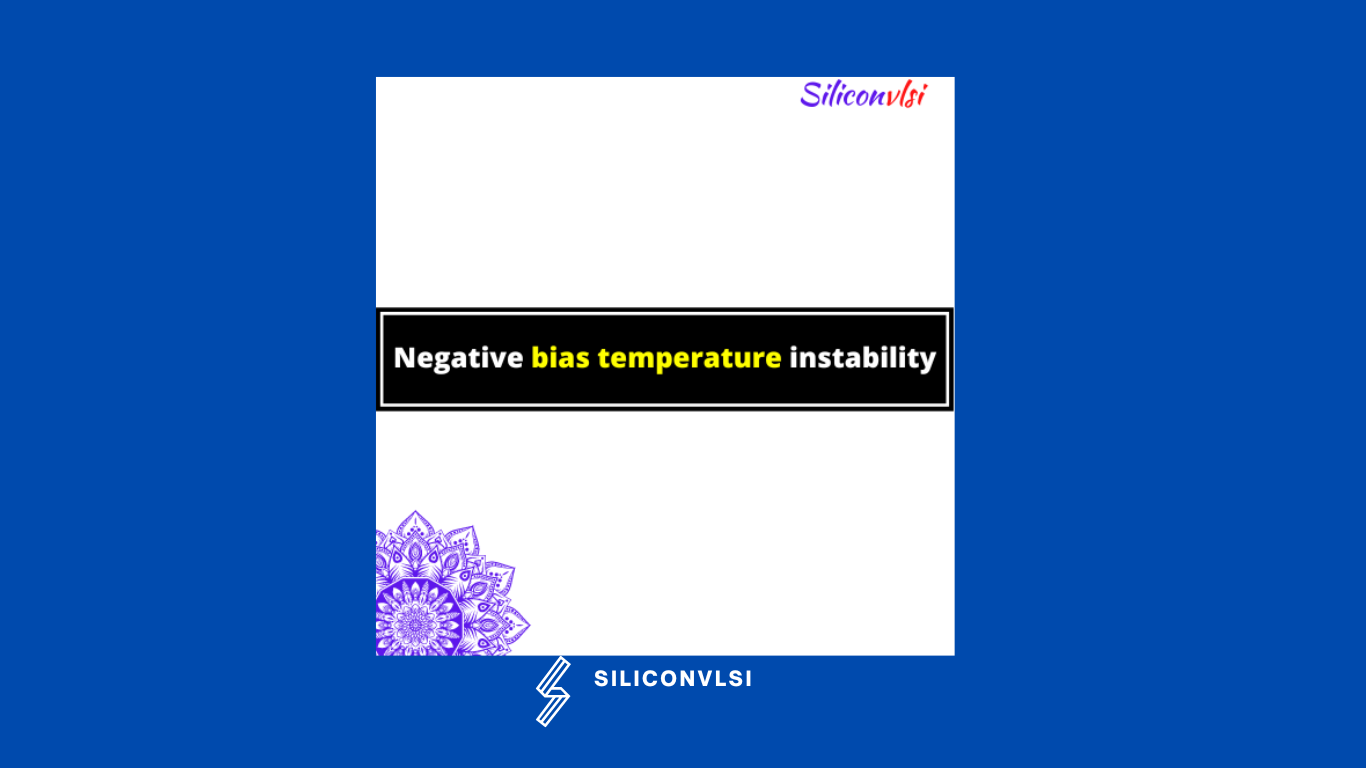Negative bias temperature instability
When we applied a Negative voltage to the gate, dangling bonds called traps developed between the si-sio2 surface. This is called an NBTI. This is also called the aging effect.
![]()
Important device parameters, such as the threshold voltage, are seen to change over time in a modern PMOS device when the gate voltage is driven below its source voltage. In the past, it has been hypothesized that the shift is caused by both the trapping of holes in oxide defects and the formation of interface states.
Due to time- and temperature-dependent changes in device characteristics throughout both on and off states of operation, NBTI can be a serious reliability issue in SiO2 gate dielectrics. Although NBTI is also present in NMOS devices, it is far more noticeable in PMOS transistors.

What is the difference between NBTI and PBTI?
As pMOSFETs and nMOSFETs are activated by negative and positive gate bias, respectively, Negative Bias Temperature Instability (NBTI) predominantly affects pMOSFETs, whereas Positive Bias Temperature Instability (PBTI) predominantly affects nMOSFETs. The significance of PBTI compared to NBTI depends on the manufacturing process, and their effects on circuits can accumulate rather than offsetting each other.